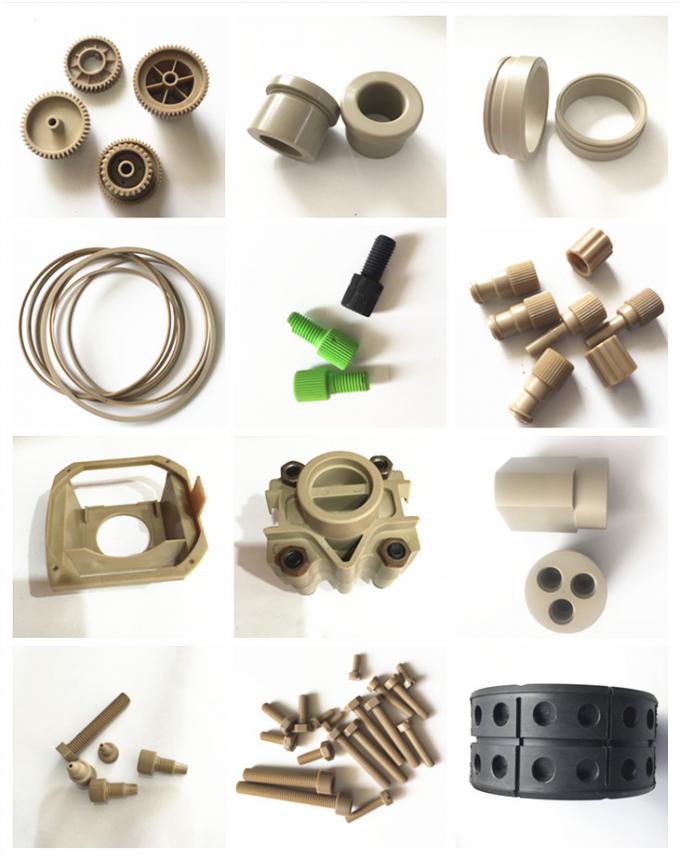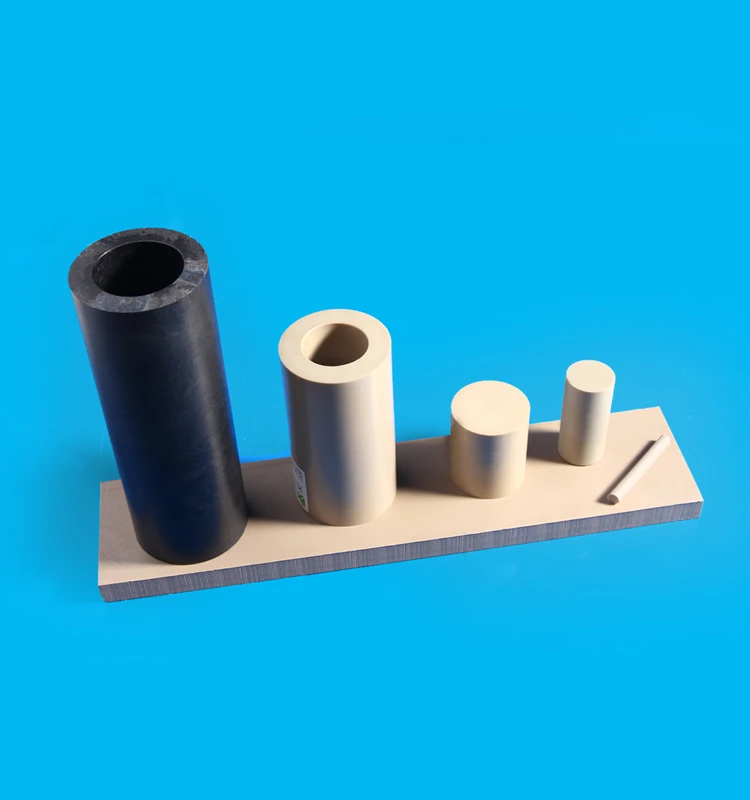
Military Applications (MIL Spec Compliant Seals) Semicon O-rings (SEM O-rings, Ultra High Purity Seals, Low Outgassing Seals, Low Particulate O-rings)Įxplosive Decompression Resistant O-rings (Norsok M-710 Seals, NACE TM0297 Seals)
#Auoclave peek material iso
Medical O-rings and Pharma Industry Seals (USP Class VI O-rings, ISO 10993 O-rings)įood and Beverage Manufacturing O-rings (Food & Drug Administration O-rings) Oil and Gas Explosive Decompression Resistant O-rings (Norsok O-rings, NACE O-rings) Therefore, the future for OOA methods is one that we’re excited about.FFKM (Perfluoroelastomer, Markez®, Chemraz® / Kalrez® / Simriz®) SMI dedicates itself to staying at the forefront of advancing technologies in composite manufacturing. Using new OOA methods combined with traditional autoclave curing methods, SMI is able to deliver to its customers highly customizable and quality composite components. Large composite fuselage are built using eight pieces of ACG’s VBO-cured MTM-45. The X-55 was built with a 60-ft/18m long fuselage made completely with advanced composite material. Indeed, arguably one of the most notable demonstrations of large OOA-cured structure to date is the X-55 Advanced Composite Cargo Aircraft (ACCA) by Lockheed Martin. It seems OOA-cured composites might be the answer So, is the production of large composite materials viable without the huge upfront costs of building and housing a large enough autoclave? That’s not including the cost of nitrogen and the power to operate it. They found that it would cost roughly $40 million to build this ginormous autoclave.Īlso, they found the cost would be another $60 million to install.

NASA once explored the idea of building a 40-ft by 80-ft (12m by 24m) autoclave to cure 10m/33-ft diameter launch vehicle barrels. This makes it an ideal process for smaller, more complex parts.

Uncured prepreg carbon fiber is also easy to handle and can be hand-cut and laid precisely into detailed and intricate molds. OOA prepregs cure lower pressures and temperatures than traditional autoclave methods. With high-quality surface finish and low resin content, OOA prepreg carbon fiber composites have excellent structural performance. Prepreg carbon fiber reinforcement is one of the most advanced techniques for making composite material. The difference with OOA curing is that it achieves the elimination of voids and desired fiber content by placing the layup within a closed mold and applying vacuum, pressure, and heat by means other than an autoclave. Out of autoclave (OOA) is a process that achieves the same quality as an autoclave. Autoclaves also do not allow in-process adjustments to vacuum bags or tooling.Īutoclaves are labor-intensive and have slow-cycling time, production volume can be limited. They use up a lot of energy, are expensive to run, and limit the component size. The more commonly known and used autoclave heats the pressure vessel that uses high pressure to process and cure materials.Īutoclaves require a large amount of capital investment. What are the differences and what method is better? With the high demand for the material and even higher costs to produce it, scientists and engineers rigorously look for marginally less labor-intensive and expensive ways to produce it.Īutoclave and out of autoclave processes produce carbon fiber composite material. Today, over 60% of the Team McLaren Mercedes Formula 1 car constructs from carbon fiber composites. In 1981 McLaren MP4/1 embodied the first carbon fiber composite chassis. No wonder automotive and aerospace companies have incorporated the material into their designs. Therefore, boasting the strength ten times that of steel and a fraction of the weight.

With its signature weave and a near-perfect blend of strength, lightweight, and stiffness, carbon fiber material has crazed engineers since its discovery in 1958.


 0 kommentar(er)
0 kommentar(er)
